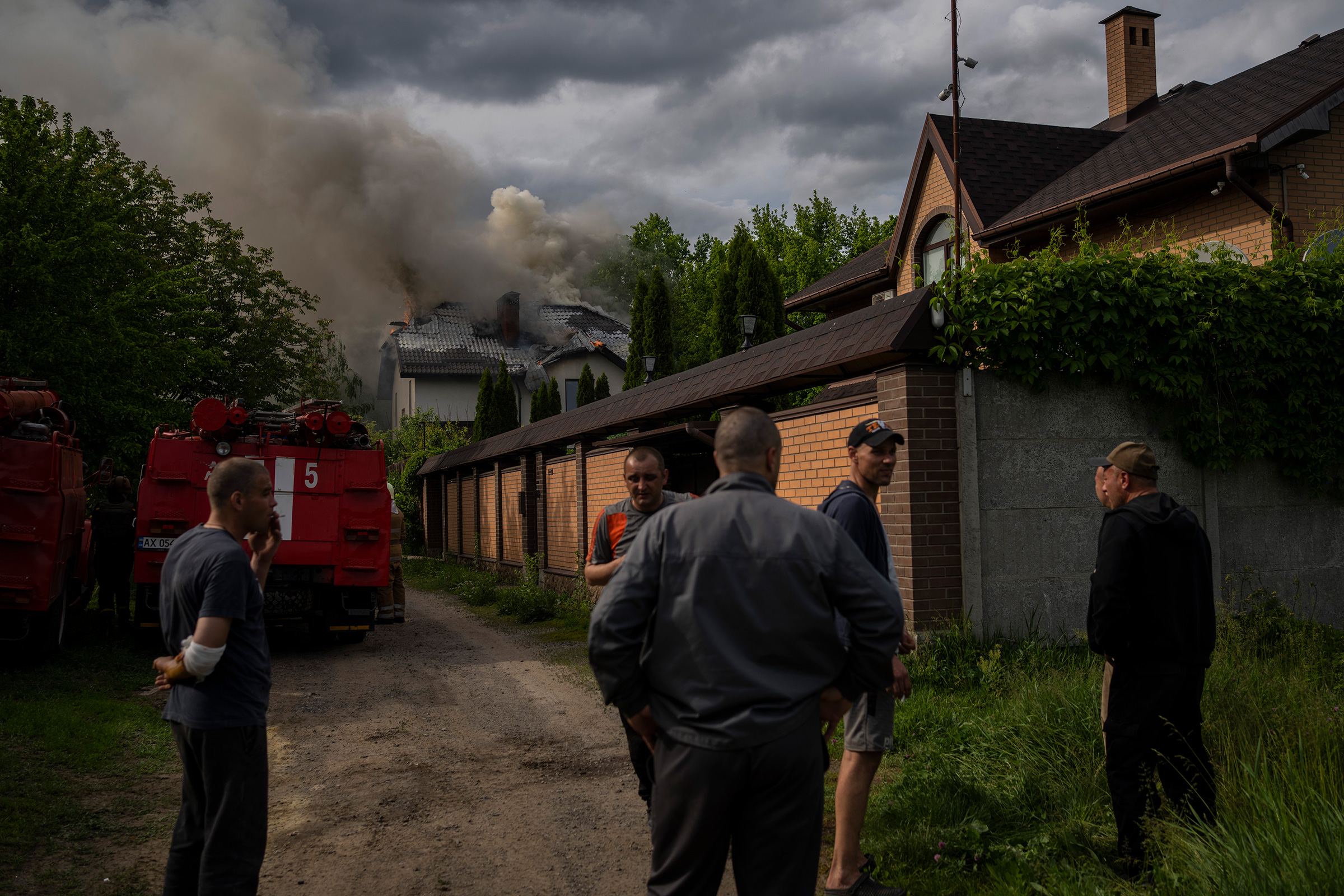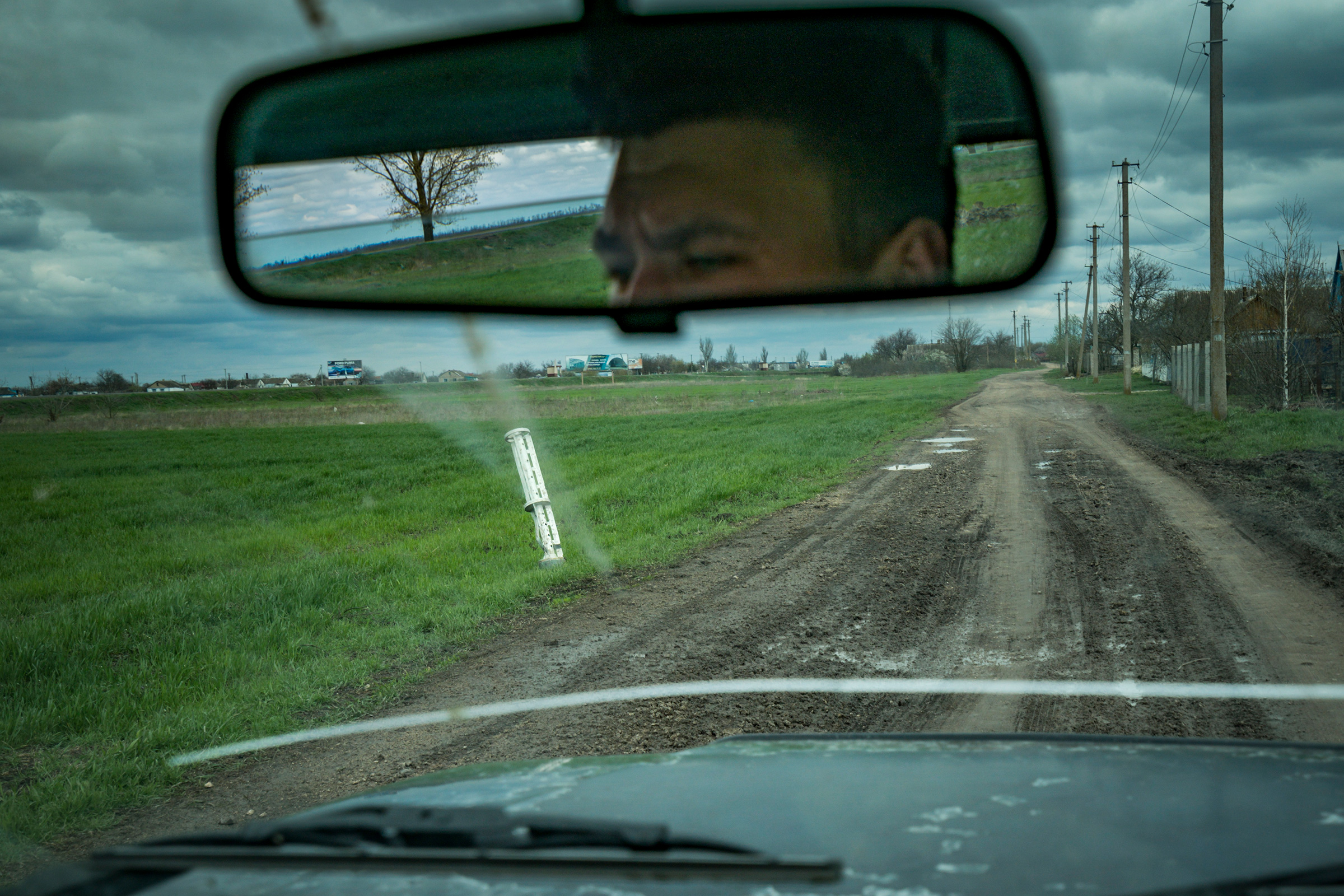The U.S. has decided to supply Ukraine with thousands of highly controversial cluster bombs, the Associated Press reported on Friday. Ukraine has said that the weapon would help its long-awaited counteroffensive, now in its second month, which has been making slow progress.
The news is expected to be announced on Friday as part of a new military aid package worth $800 million, people familiar with the decision told the Associated Press.
President Biden had long resisted calls to provide cluster munitions—which are currently sitting in U.S. stockpiles and on the verge of expiring—because of how controversial the weapons are globally. The small bomblets are banned in more than 120 countries because they pollute the battlefield with unexploded munitions and therefore kill civilians years after a conflict subsides.
“I think it would be a major mistake for the Biden Administration to now change policy after resisting calls for transferring cluster munitions to Ukraine,” says Daryl G. Kimball, the executive director of the Arms Control Association, a U.S. think tank.
Below, what to know about the weapons and the vigorous debate around them.

What are cluster bombs?
Cluster bombs, or cluster munitions, are weapons fired from an artillery unit or aircraft that release a larger number of smaller bomblets that disperse over a wide area on the battlefield.
Developed during World War II, they were originally intended to attack multiple targets, especially infantry, soft-skinned vehicles, and armor. However, they can also create a minefield of bombs that are difficult to track and can explode years later, injuring or killing civilians long after a war is over.
Ukraine has asked the U.S. for dual-purpose improved conventional munitions (DPICMs), a class of cluster munition that could be fired from howitzers or from the HIMARs rocket launchers that the country has been receiving for the past year.
Could cluster bombs make a difference on the battlefield?
The question has raised a heated debate.
Some experts say the use of cluster bombs could give Ukraine more time to clear a path through minefields by suppressing Russian fire from the trenches.

The U.S. recognizes their potential as potent weapons that can break up enemy formations. In June, Pentagon official Laura Cooper told Congress that the department’s military analysts had concluded that clusterbombs “would be useful, especially against dug-in Russian positions.”
But others take a different view. Kimball, from the Arms Control Association, warns that while “cluster munitions may provide additional military value in certain limited situations, this is not some magical winning weapon for Ukraine in its ongoing offensive against Russia.”
Kimball adds that Ukraine’s tactical military needs could be met by “other types of conventional munitions,” which could include regular 155-mm munitions, as well as a new type of artillery shell that can hit targets with greater precision.
How did the decision unfold?
At a press event last Friday, U.S. Army Gen. Mark Milley said that the decision-making process to send the bombs to Ukraine was “ongoing.” Milley also noted that Russian troops were already using them on the battlefield and that Ukrainian forces have already received them from other Western allies.
Some U.S. lawmakers have called on the Biden Administration to not send the weapons. Last week, for example, 14 senators wrote a letter to the U.S. national security adviser Jake Sullivan saying that while they recognize the munitions could provide Ukraine an advantage on the battlefield, they were “convinced that the humanitarian costs and damage to coalition unity of providing U.S. cluster munitions would outweigh the tactical benefits.”

The decision to send them will bypass a U.S. law that prohibits the production, use, or export of cluster bombs with a failure rate higher than 1%. The last publicly available estimates—more than 20 years ago—of dud rates for the weapons have them at 6%. But The Washington Post reported that the Pentagon has new assessments that put the dud rate at no more than 2.35%.
That would mean that Biden will still need to bypass the legislation and Congress to supply Ukraine with the weapons.
What’s the long-term risk from cluster bombs?
Experts say cluster bombs have an immense capacity to cause destruction. “Cluster munitions are not just any conventional military weapon, they are widely acknowledged to pose a severe risk for civilians in conflict and even friendly forces,” Kimball says.
According to a 2019 report by the Royal United Services Institute, or RUSI, the weapons can turn trenches of a frozen conflict into “killing zones.” Civilians accounted for 97% of all cluster bomb casualties worldwide, with children accounting for 66% of the casualties, according to another report published by the advocacy group Landmine and Cluster Munition Monitor.

“Cluster bombs are vile weapons that leave bomblets around for decades, and always cause enormous civilian casualties,” says Linda J. Bilmes, a professor who focuses on the costs of war at the Harvard Kennedy School.
In 2008, more than 100 nations signed the Convention on Cluster Munitions, an international treaty that came into force in 2010 and prohibits the use, production, transfer, and stockpiling of the deadly weapons. Only 16 countries—including the U.S., Ukraine, and Russia—have so far refused to sign the convention, according to Cluster Munition Monitor 2022.
Last year, 27 House Democrats sent a letter to Biden imploring him to join the Convention.
More Must-Reads from TIME
- Cybersecurity Experts Are Sounding the Alarm on DOGE
- Meet the 2025 Women of the Year
- The Harsh Truth About Disability Inclusion
- Why Do More Young Adults Have Cancer?
- Colman Domingo Leads With Radical Love
- How to Get Better at Doing Things Alone
- Michelle Zauner Stares Down the Darkness
Write to Astha Rajvanshi at astha.rajvanshi@time.com